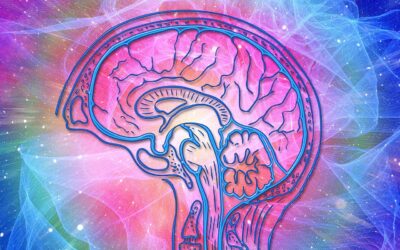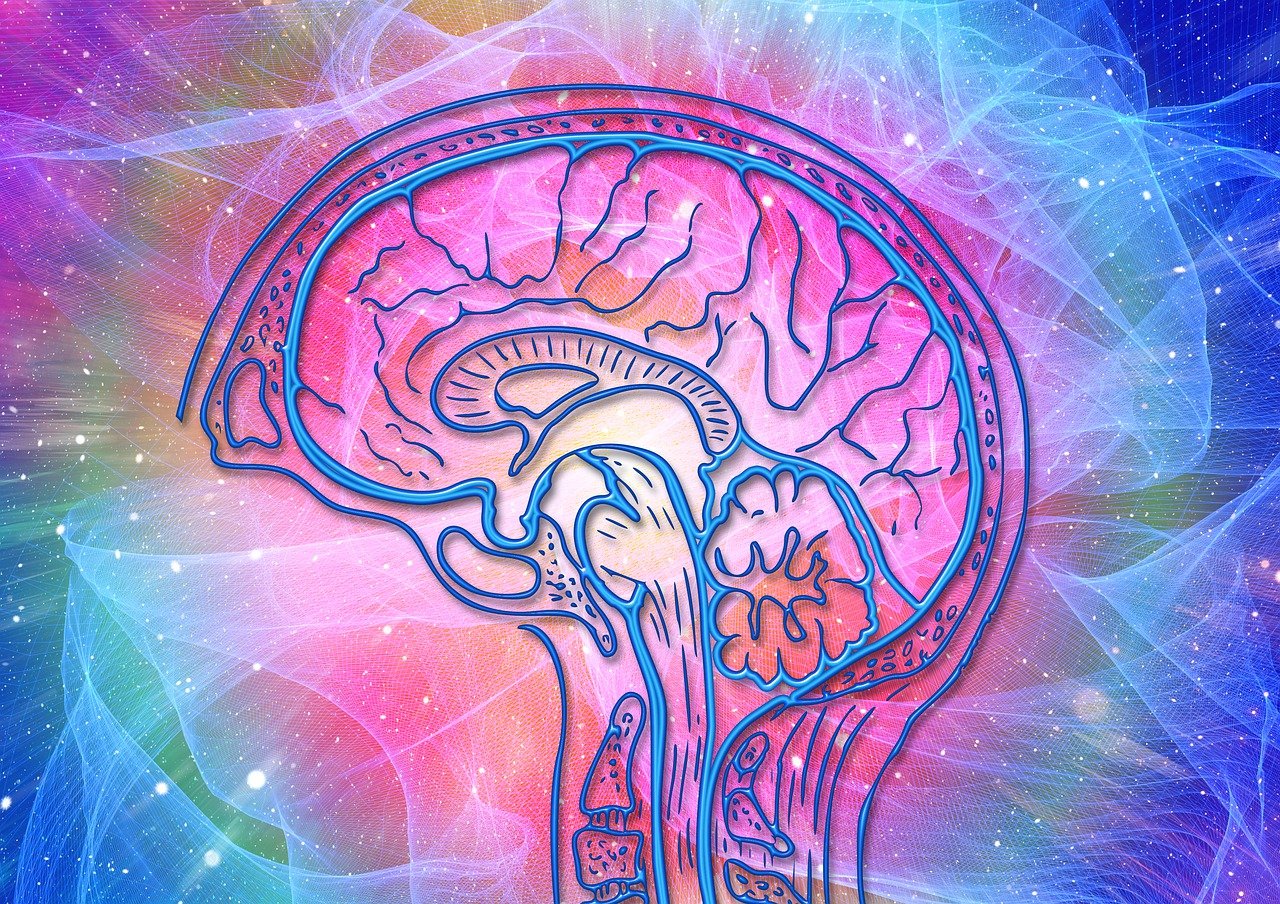The AI Dream Team: Building Your Implementation Squad
Artificial intelligence is no longer a futuristic concept—it’s becoming an essential tool for organizations looking to stay competitive. However, successful AI adoption is not just about having the right technology; it’s about building a team equipped to navigate the complexities of AI projects. As businesses increasingly rely on AI to drive decision-making, optimize processes, and enhance customer experiences, assembling the right mix of talent is more critical than ever. This article explores the key roles needed to form an effective AI implementation team and how to create a collaborative, adaptable unit that can bring AI strategies to life.
Defining the AI Implementation Squad
An AI implementation team is a specialized group tasked with turning AI initiatives from concept to reality. Unlike traditional IT or data science teams, this squad needs to blend technical expertise with business insights and ethical considerations. Their mission goes beyond building models or analyzing data—they are responsible for ensuring that AI solutions deliver real value and align with an organization’s broader strategic goals.
For this to happen, the team must exhibit key attributes, including strong cross-disciplinary communication, a shared vision of success, and a commitment to responsible AI use. The hallmark of a successful AI team is its ability to balance technical innovation with a deep respect for ethical principles and long-term business sustainability.
Core Roles and Responsibilities in the AI Dream Team
To build an AI implementation squad, a diverse array of specialized roles is required. Each role contributes a unique skill set, but together, they form a cohesive unit that can tackle complex AI projects.
AI Project Manager
The AI project manager serves as the guiding force, orchestrating the project from start to finish. Their primary responsibility is to keep the project on track, manage resources, and ensure that technical and business teams are aligned. They need strong communication skills and a deep understanding of AI concepts to bridge gaps between technical experts and stakeholders. The project manager is not just a taskmaster but a strategic thinker who ensures that every milestone contributes to the overarching business goals.
Data Scientist
Data scientists are at the heart of the AI team. Their job is to analyze complex data, develop models, and provide insights that shape AI solutions. A solid grasp of data manipulation, statistical modeling, and programming is essential. More than just crunching numbers, data scientists are problem solvers who turn raw data into actionable strategies. Their work lays the groundwork for AI models, making them a critical link in the decision-making process.
Machine Learning Engineer
Machine learning engineers are the builders who bring AI models to life. They focus on selecting the right algorithms, optimizing model performance, and ensuring scalability. Their expertise lies in machine learning frameworks, model evaluation, and deployment strategies. These engineers transform theoretical models into functioning systems that can handle real-world challenges. They collaborate closely with data scientists to fine-tune models and ensure they meet the required performance benchmarks.
AI Ethicist
The AI ethicist is a relatively new but increasingly vital role. This person evaluates the ethical implications of AI models, ensuring compliance with regulatory standards and protecting against unintended consequences. Their role is to identify and mitigate biases, assess potential risks, and promote fairness. The AI ethicist acts as a safeguard, helping the team navigate complex moral dilemmas and ensuring that AI systems do not harm or discriminate. By embedding ethical considerations into the project from the outset, they prevent legal and reputational risks.
Data Engineer
Data engineers are the architects who design and maintain the data infrastructure. They ensure that data pipelines are efficient, secure, and reliable. With expertise in database management, ETL (Extract, Transform, Load) processes, and cloud platforms, data engineers make sure that the AI models have access to clean, high-quality data. Their role is crucial in creating a stable foundation that supports data scientists and machine learning engineers.
AI Developer/Software Engineer
The AI developer or software engineer plays a pivotal role in integrating AI solutions into existing systems. They focus on coding, API integration, and software design. Their goal is to create seamless user experiences and ensure that AI models are easily accessible to end-users. They also work closely with UX designers to build intuitive interfaces that promote adoption and usability.
Business Analyst
Business analysts act as translators between the technical and business sides of the organization. They ensure that AI solutions are aligned with business needs and measure their impact. With strong analytical skills and business acumen, they help define the problem, set objectives, and assess the return on investment. Business analysts keep the project focused on delivering tangible benefits and ensure that AI systems address real-world problems.
UX Designer
The UX designer’s role is to create interfaces that are intuitive, user-friendly, and accessible. AI models are often complex, so a well-designed user interface is essential for adoption. UX designers understand user psychology and use that knowledge to make AI systems more approachable. By prioritizing usability, they ensure that AI tools enhance rather than hinder productivity.
Building Cross-Functional Collaboration
For an AI team to succeed, its members must communicate effectively across disciplines. This is easier said than done, as AI projects often involve a mix of technical, business, and ethical considerations. Establishing a shared language and regular communication channels can bridge gaps between team members with different expertise. Encouraging transparency and open dialogue helps create an environment where ideas can be freely exchanged and problems are solved collaboratively.
Creating a shared vision is another cornerstone of effective teamwork. Without a unified goal, even the most talented team members can pull in different directions. This requires defining success metrics that consider both technical performance and business outcomes. A clear vision helps align all efforts and keeps the team focused on long-term objectives.
Establishing clear roles and responsibilities prevents overlap and confusion, ensuring that every team member knows their contribution to the project’s success. This clarity also facilitates faster decision-making and a more agile response to challenges.
Hiring and Training for the AI Team
Finding the right talent for an AI team can be challenging due to the specialized skills required. While technical proficiency is crucial, equally important are problem-solving abilities, critical thinking, and a willingness to learn. Hybrid skills that span technology and business are particularly valuable, as they help bridge gaps and foster collaboration.
Ongoing training is essential to keep the team updated on emerging trends, tools, and ethical guidelines. Providing mentorship, encouraging continuous learning, and supporting certification programs can help team members stay at the cutting edge of the field. Investing in employee development not only builds individual capabilities but also strengthens the team as a whole.
Building a Strong Ethical Foundation
Ethical considerations should be woven into every stage of AI development, not just reviewed at the end. Establishing ethical guidelines early on helps set expectations and provides a framework for decision-making. Implementing ethics reviews at key project milestones, setting up mechanisms for reporting concerns, and training the team on ethical dilemmas are effective ways to promote responsible AI use.
A culture of accountability is also essential. Team members should feel empowered to speak up if they identify potential risks or ethical issues. By creating an environment where ethical responsibility is shared, organizations can prevent problems before they arise and foster a culture of integrity.
Scaling the AI Team for Future Growth
As AI projects grow, the team’s structure and roles may need to evolve. Introducing new roles, such as dedicated AI strategists or operations specialists, can help manage the increased complexity. It’s important to remain flexible and adapt the team structure to meet new challenges. Preparing for emerging trends, such as generative AI or advanced automation, requires a forward-looking mindset and a willingness to invest in new skills.
Crafting a Vision for AI Success
Aligning team goals with long-term strategy ensures that AI projects are not just one-off efforts but part of a broader vision. Setting clear milestones that reflect both short-term wins and long-term aspirations keeps the team motivated and focused. Creating an environment where innovation thrives requires strong leadership support, a commitment to ethical practices, and a shared belief in the transformative power of AI.
By assembling the right mix of talent, promoting collaboration, and embedding a strong ethical foundation, organizations can build an AI dream team that turns technology into a force for good. With the right team in place, the possibilities for what AI can achieve are truly limitless.









